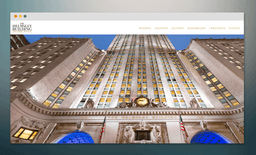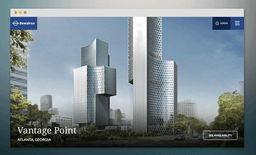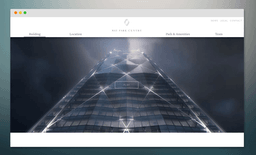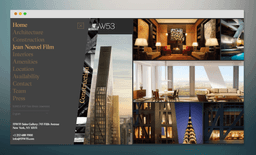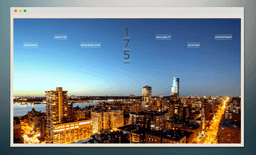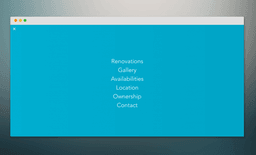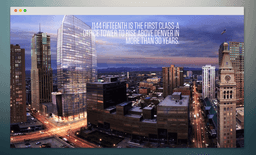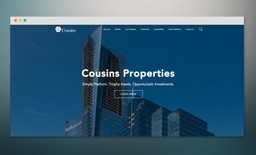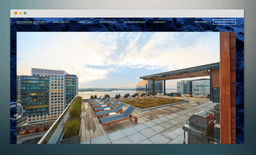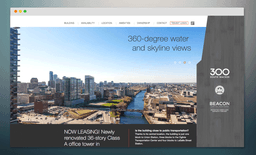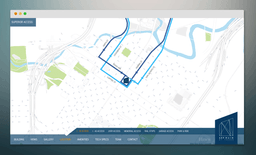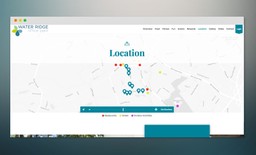
Website Design
5 Real Estate Web Design Trends in 2017
As more CRE companies continue to improve the online presence for their properties, commercial real estate website design is an increasingly important part of the marketing war chest to help companies stay ahead of the curve. In 2017, we expect to see new trends and best practices emerging as the design landscape evolves in the industry.
Big hero images, flat design, scroll navigation and card layouts that dominated in 2016 will continue to prevail in single property website design, but there will also be some interesting new developments influencing real estate web design this year.
Below are the top 5 most important design trends we expect for 2017.
1. Minimalism & functionality
Minimalism’s focus is on simple and functional design by removing any unnecessary elements that distract the user.
Not only does this refer to design elements, but website copy is also reduced and consolidated to help focus users’ attention to important calls-to-action and drive them to conversion.
We will be seeing more property website designs that will have a strong focus on minimalism to allow the content to stand out.
2. Unique menu navigation options
Design experts are making a strong case supported by research against having too many options on a website that can distract the users.
We will be seeing designs with reduced navigation and menu options, to offer only the options that represent the main user focus point.
Another reason for this reduced functionality is the mobile-first approach that has been gaining force over the years and more and more companies are designing their online presence having in mind their users browsing primarily with their mobile devices.
By keeping navigation to a minimum the users can focus on the content offered such as the building information, location and amenities, instead of clicking out and abandoning the page.
Anchored top page menus are slowly being replaced by more unique navigation options as mobile navigation and wide aspect ratios on screens are becoming a norm.
Menu patterns such as side menus and pop up full screen menus will become more widely acceptable.
3. Bold typography
Marketers want to make sure their statements and value propositions are making a strong impact and leaving a lasting impression. We expect big, bold typography to be a dominating trend for commercial real estate websites in 2017 to help support marketing messaging and design.
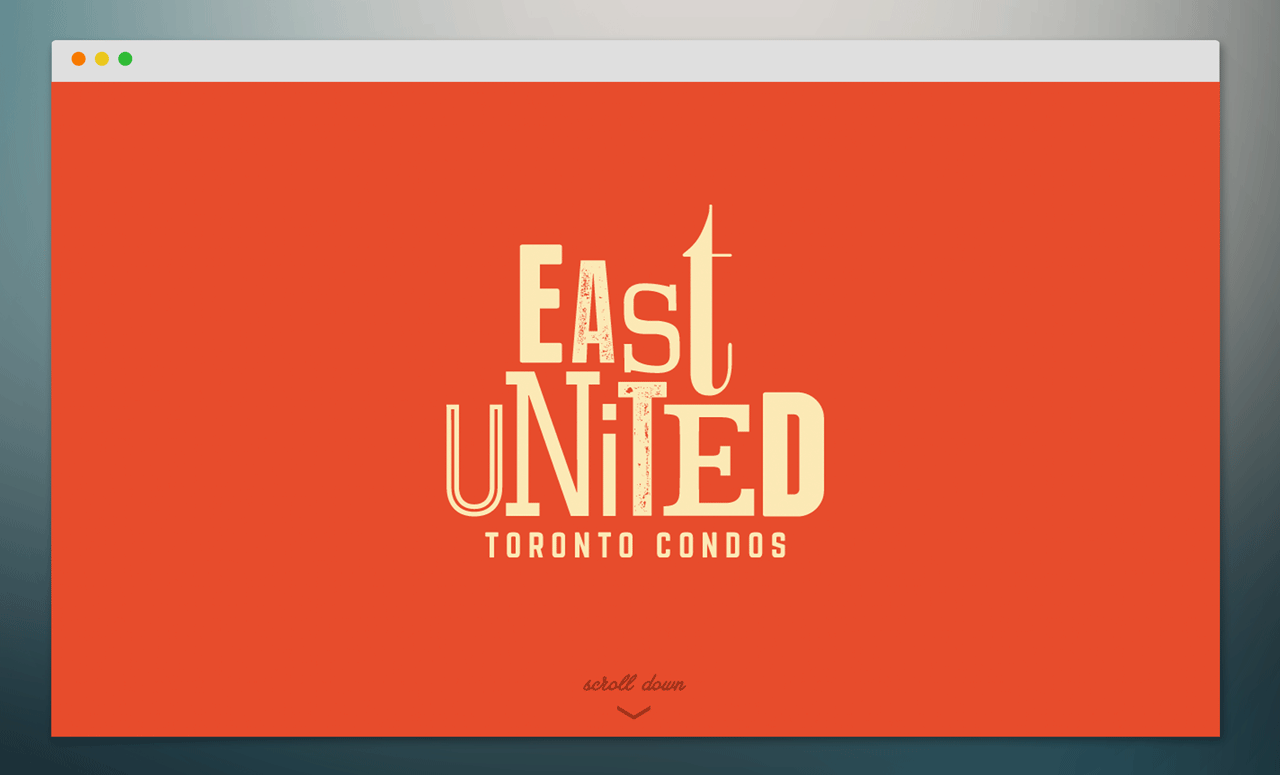
4. Professional imagery
Full-width images and professional photography will continue to play an important role in interface design for CRE websites, especially for hero images to help demand attention of prospective clients.
But instead of using stock photography, commercial real estate companies will move towards creating original and professional imagery that will represent their brand and values.
5. Custom interactive Google maps
Nowadays every website visitor is used to seeing maps and pins to locate businesses, properties and amenities around it.
And since it’s all about location in real estate, an interactive map is a key decision driver for any potential tenant or investor evaluating commercial property.
An attractively designed map can contribute extensively to a unique and memorable user experience.
Related Blog Posts
CRE Technology
5 Reasons Why Salesforce Needs a CRE Marketing Platform
Salesforce isn’t only the most widely used CRM, it’s also the leading choice in the...
Company updates
Streamline Your Outreach with Tag-Based Email Campaigns
We are thrilled to announce the launch of our new Tag-Based Email Campaign feature, designed...
Company updates
SharpLaunch Announces New Integration with LandSearch
We’re excited to announce a groundbreaking integration with LandSearch, a prominent online...

